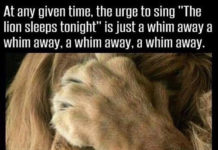When there are two political parties running for election, you vote for the one that best represents your values. When there are more than two parties in a race, a voter needs to weigh not only who they wish to govern but also who they absolutely hope would not be called upon to govern.
British Columbia has a history of electing governments that the majority didn’t want. The NDP gained the control of the legislature in 1991 when the BC Liberal vote (33%) and the Social Credit vote (25%), were a collective majority, but the split allowed the NDP to govern with less than half the provincial support.
Then, again, in 1996 the NDP won the legislature with only 39% of the vote while the Liberals had their vote split by the re-branded Social Credit Party under a new brand, The Reform Party.
Multiple party systems force thoughtful voters to weigh who is desired against who is undesired and then vote for the party that is most likely to form government while still protecting your values.
In elections, don’t let your most desired choice become an enemy of a good option. In this election, a vote for the Conservative Party was, strangely, a vote for the NDP.
A Conservative vote was a vote for those without a chance of wining. Which in turn, reduced the opportunity to continue growing the economy. A Conservative vote advanced a return to deficit budgets, growing debt, bigger government but a weaker economy because that is the history that the NDP has delivered.
The worst way to realize defeat at the polls is in having the majority of voters selecting from a number of like choices, which spits the vote and almost always assures a win for the party you least wanted to attain victory. This election depended on your wisdom if your wish was for a strong economy and a secure tomorrow.
Richard Unger
Invermere, BC



